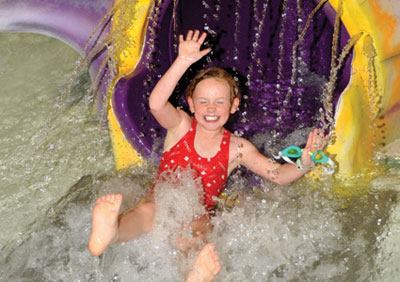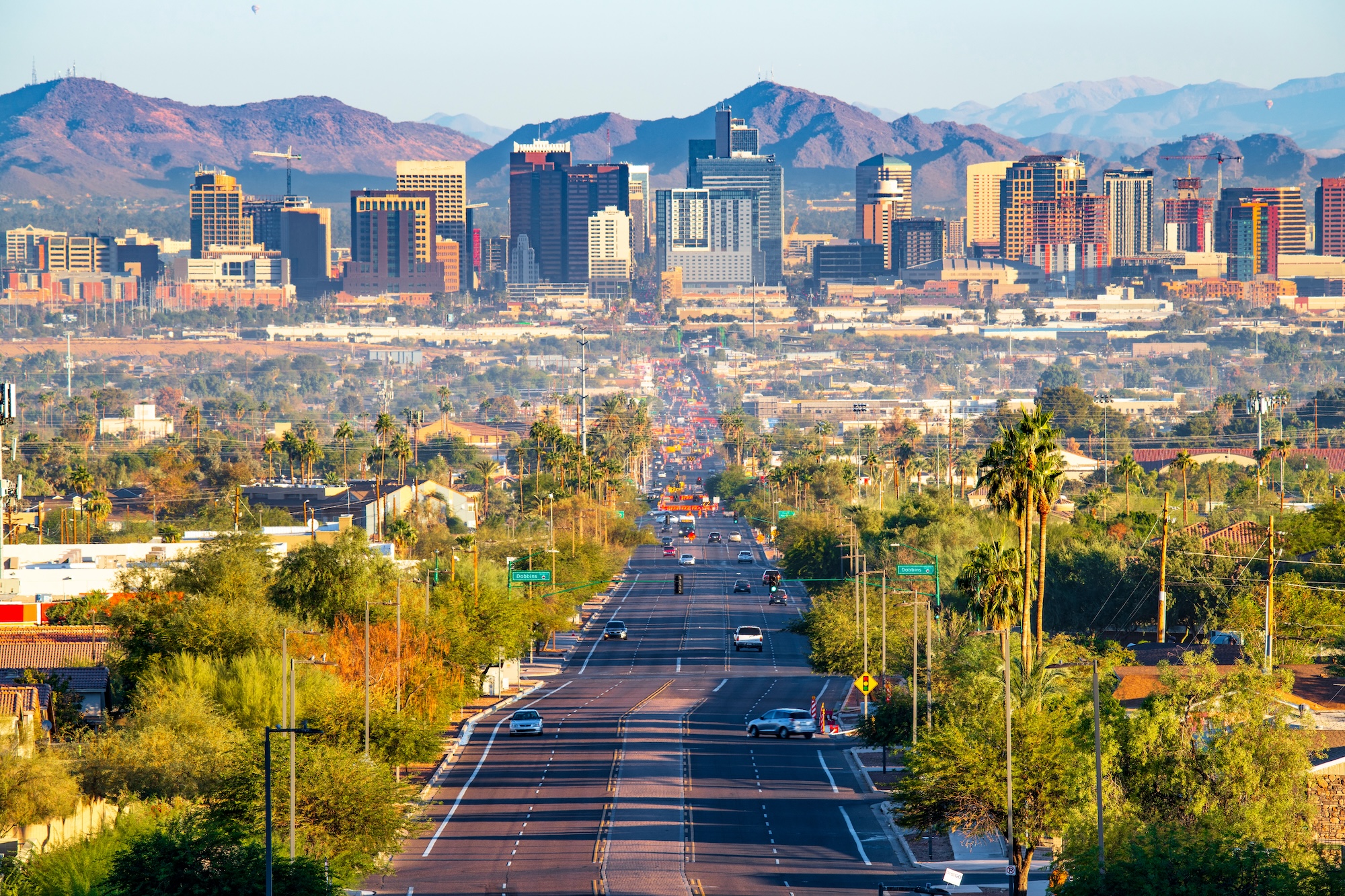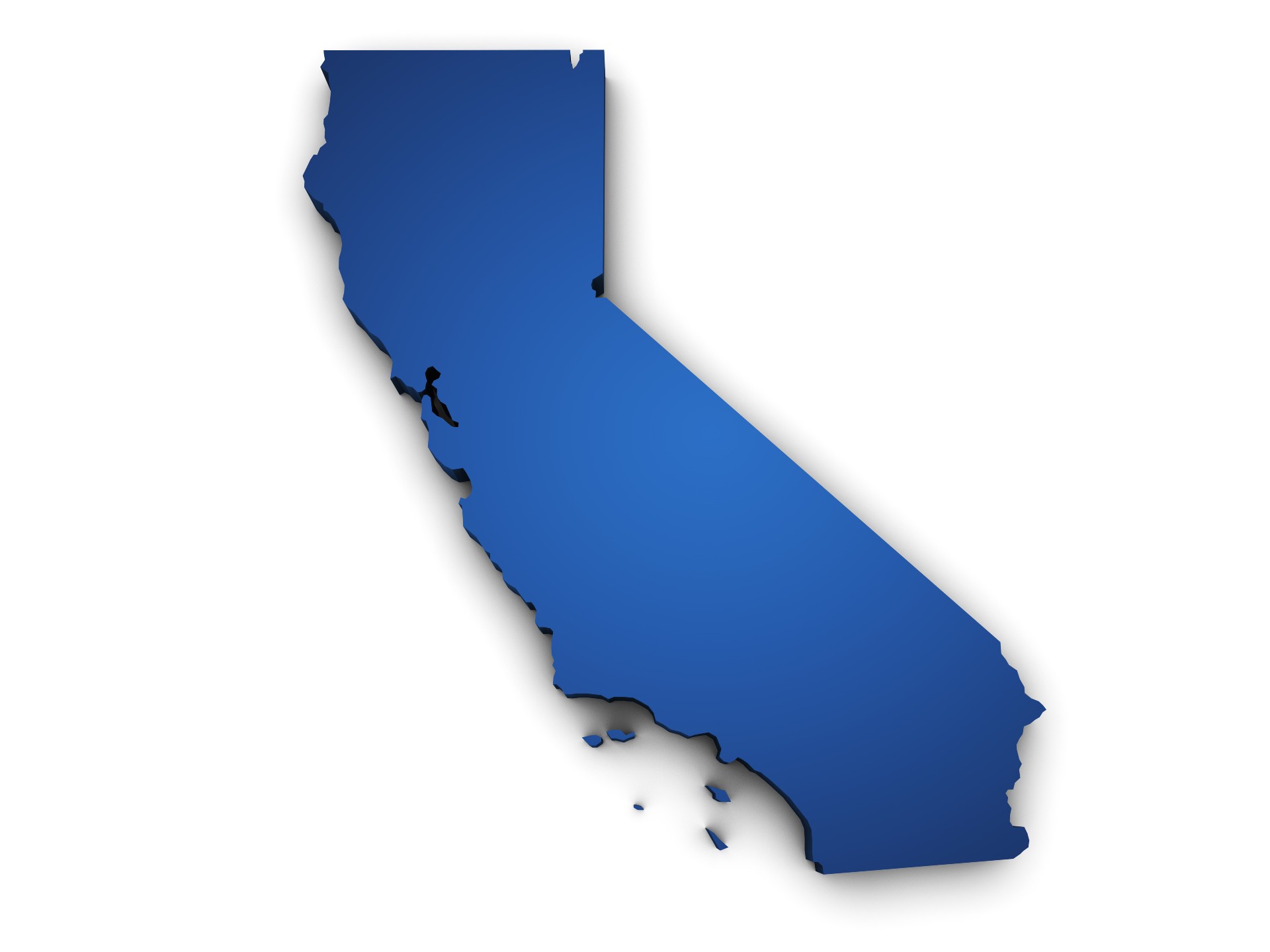Theming has come of age. As the two- and three-dimensional storytelling vehicle for a facility, themes have always been about escapism, whimsy, fancy and the far-fetched. Once upon a time, a waterpark operator could put up a few plastic palm trees and that was enough to excite consumers. But the industry has matured, and thanks to a combination of social and economic factors, today’s guests are looking for more value and brand differentiation, even in facilities that attract a largely local demographic.
As a result, waterpark operators and developers who want to compete need to up the ante to connect with these globally minded, value- conscious consumers. Here are three strategies to help you amp up your park’s theming.
Be authentic
One strategy is to go authentic. Many of today’s waterparks recreate a beach experience in a land- locked locale. If that’s your facility, it’s time to reevaluate your authenticity. Authenticity refers to the truthfulness of origins and sincerity, and being historically informed. If guests can’t travel to romantic places such as the Caribbean or Hawaii, you can provide the true sense of getaway they crave.
Even small cities are tapping into this idea of themed authenticity. For example, in Washington there are several “theme towns” that carry the idea to a whole new level. Without leaving the state you can visit Europe (the town of Leavenworth), and travel back in time to the Old West (Winthrop) or the dinosaur age (Granger).
There are a number of strategies that can help in developing authenticity in a waterpark environment. For example, be inspired by local haunts, stores and restaurants in the culture you’re trying to replicate. Sloppy Joe’s is an institution in Key West, so if you’re operating a Key West-themed waterpark, you might consider drawing inspiration from places such as Ernest Hemingway’s favorite speakeasy.
Landscaping with native plant species associated with the area, and decorating with original art and furniture can add authenticity, too.
Service branding is another way to create authentic environments. Making memories for families through the interaction with staff can be a powerful way to create a strong sense of place. “Streetmosphere” characters who walk around and talk with guests may help bring a theme to life, but nothing can replace the interaction with the real thing. Dancers, animals and even hosts and hostesses who are native to the place that your theme represents add to the allure of the storyline.
Be original
What about waterparks and resorts that tell their own unique story? Creating an original theme that isn’t based off some far-off culture can have its benefits, but bringing such a project to life takes self-study and keen listening to think through what makes the facility unique. Once you mine for that gold, you can create something that truly extends your brand.
What are the strategies in creating a unique theme? The key is crafting a creative and exciting storyline. To enhance the storyline, it’s also essential that you include likable characters who resonate with your audience and can act as brand ambassadors. In terms of physical theming, consider ways to use décor that involve functional spaces, from counters and check-in desks right down to the doors and the shower stalls in your locker rooms. Find ways to incorporate them into your theme, and make these details as much fun as possible.
Be local
What if you want your facility to seem as if it’s part of the surrounding landscape? Often this is a smart approach, especially if you’re located in an area that already has a unique identity.
Once you understand how you want to fit into the local story, either by adding to it, promoting it, or enhancing it, you can utilize the natural landscape to build on your theme. The overall color scheme can be designed with neutral colors to blend with the surrounding landscape, and natural shades of green and terra cotta can be blended with landscape allowed to grow wild and enhanced with native wildflowers and meadow plantings. These naturalized areas can add beauty to a park, encourage wildlife habitats, and also reduce personnel costs associated with keeping manicured lawns and green spaces around the area.
Preserving the natural rock formations on your site also can add to the visual interest of the setting. The pool deck, lazy river and other features can be built around existing rock and surrounded by smaller river stone to create the effect. Many parks are built to accommodate all ages and interests, and the pools can be designed with several “pod” areas to separate children by ages and activities.
Ultimately, in today’s marketplace, brands that have a clear, strong and effective brand message are easiest to replicate in a built environment. As long as you develop a strong story, the only design challenge is finding the clearest, most effective and entertaining way to present it.



